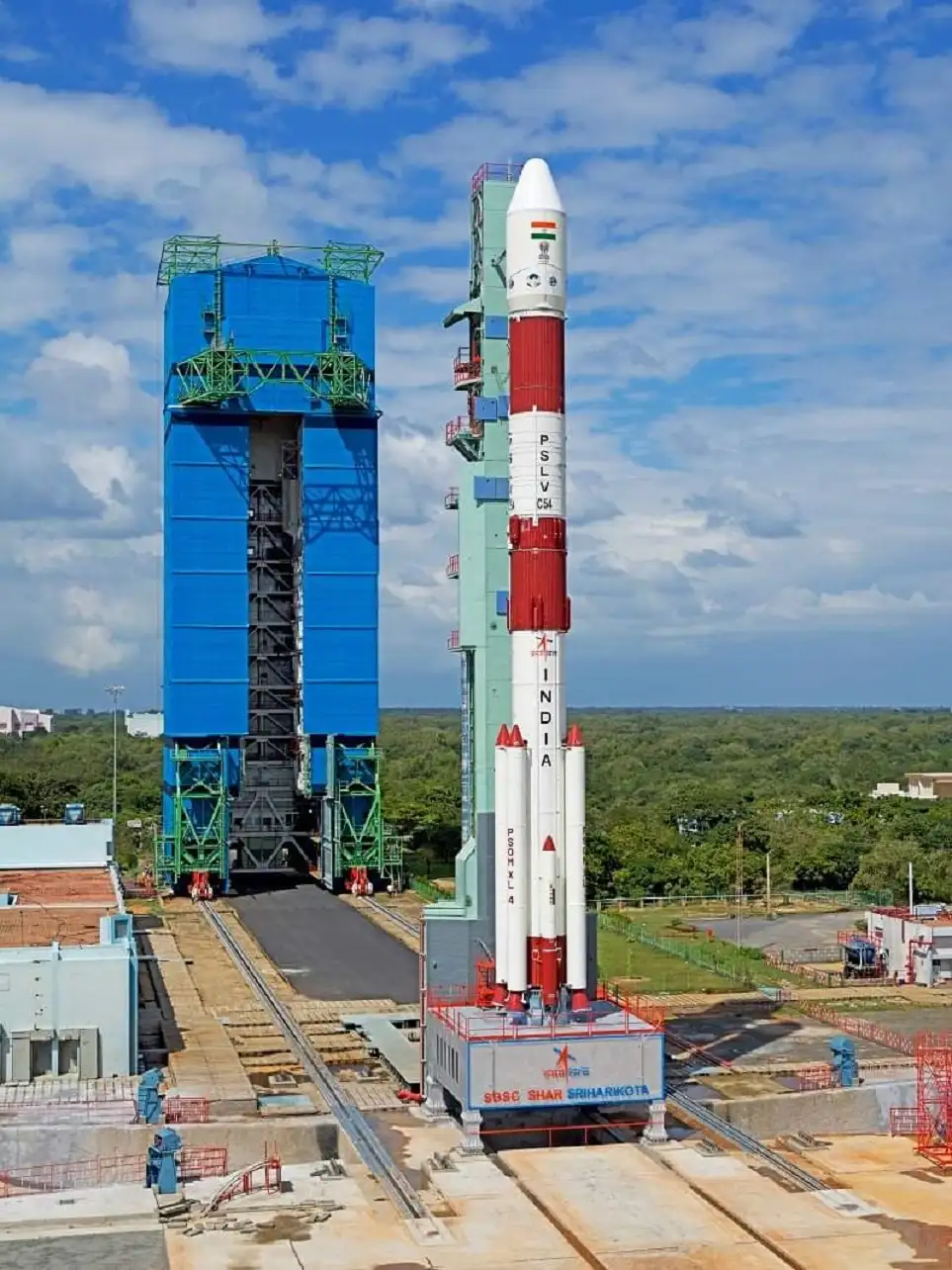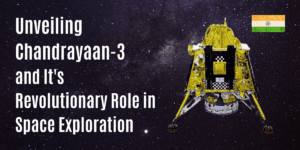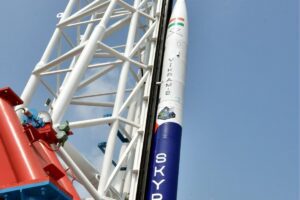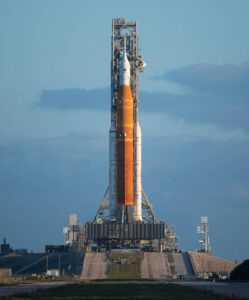Launch of PSLV-C54/EOS-06 successful
ISRO launched the Oceansat-3 satellite of India with other 8 satellites successfully on 26 November 2022 on a PSLV C54 rocket.
The EOS-06 is envisaged to observe ocean color data, sea surface temperature, and wind vector data to use in Oceanography, climatic and meteorological applications. The satellite also supports value-added products such as potential fishing zone using chlorophyll, SST and wind speed, and land-based geophysical parameters. The Primary satellite (EOS-06) has been separated in Orbit-1. The satellite launch was witnessed by Secretary, MOES Dr. M. Ravichandran, and Secretary, DBT Dr. Rajesh Gokhale.


A total of 9 satellites were launched. Of these 9 satellites main satellite is India’s OceanSat-3, Bhutan’s remote sensing satellite BhutanSat and seven other nanosatellites.
OceanSat-3 will help with Sea Surface Temperature. It has a 1000 KG weight and is named EOS-6.
Second is Bhutan’s remote sensing satellite named BhutanSat. BhutanSat satellite which is a collaboration of India and Bhutan and is a technology demonstrator.
The other four satellites are Astrocast, Thybolt-1, Thybolt-2, and Anand.
Information about the Satellites:
EOS-06
Weighing 1,117 kg, it is built by ISRO for use by departments and ministries in the Government of India. It is the third generation satellite in the OceanSat series, which provides continued services of Oceansat-2 with enhanced payload capability.
It carried four payloads viz. Ocean Color Monitor (OCM-3), Sea Surface Temperature Monitor (SSTM), Ku-Band Scatterometer (SCAT-3), ARGOS.
INS-2B
Weighing 18.28 kgs, India-Bhutan SAT will provide high-resolution images to Bhutan for the management of its natural resources. It is a collaborative mission between two countries India and Bhutan. It has the following two payloads:
- NanoMx, a multispectral optical imaging payload developed by Space Applications Centre (SAC)
- APRS-Digipeater, which is jointly developed by DITT (Department of Information Technology & Telecom)-Bhutan and U R Rao Satellite Centre (URSC), Bengaluru (Karnataka).
Anand:
Weighing 16.51 kgs of Satellite, Anand is developed by India’s startup Pixel. The Anand three-axis stabilized Nano satellite is a technology demonstrator for miniaturized electro-optical payload and all other sub-systems like TTC, power, onboard computer and ADCS from Pixxel, India was also placed in the orbit successfully
Thybolt:
Weighing around 1.45 kg, it is a 0.5U spacecraft bus with 2 two Satellites from Dhruvaspace, India. It includes a communication payload to enable rapid technology demonstration and constellation development for multiple users
Astrocast:
Weighing 17.92kg, it is a 3U spacecraft with 4 Satellites from Spaceflight Inc, US (United States). They were a technology demonstrator for the Internet of Things (IoT) as the payload. Astrocast is a 3U spacecraft with 4 nos. of Satellites from Spaceflight Inc, USA, which were separated subsequently.
For more information visit the ISRO official page – https://www.isro.gov.in/mission_PSLV_C54.html
All Pictures are credited to ISRO.




